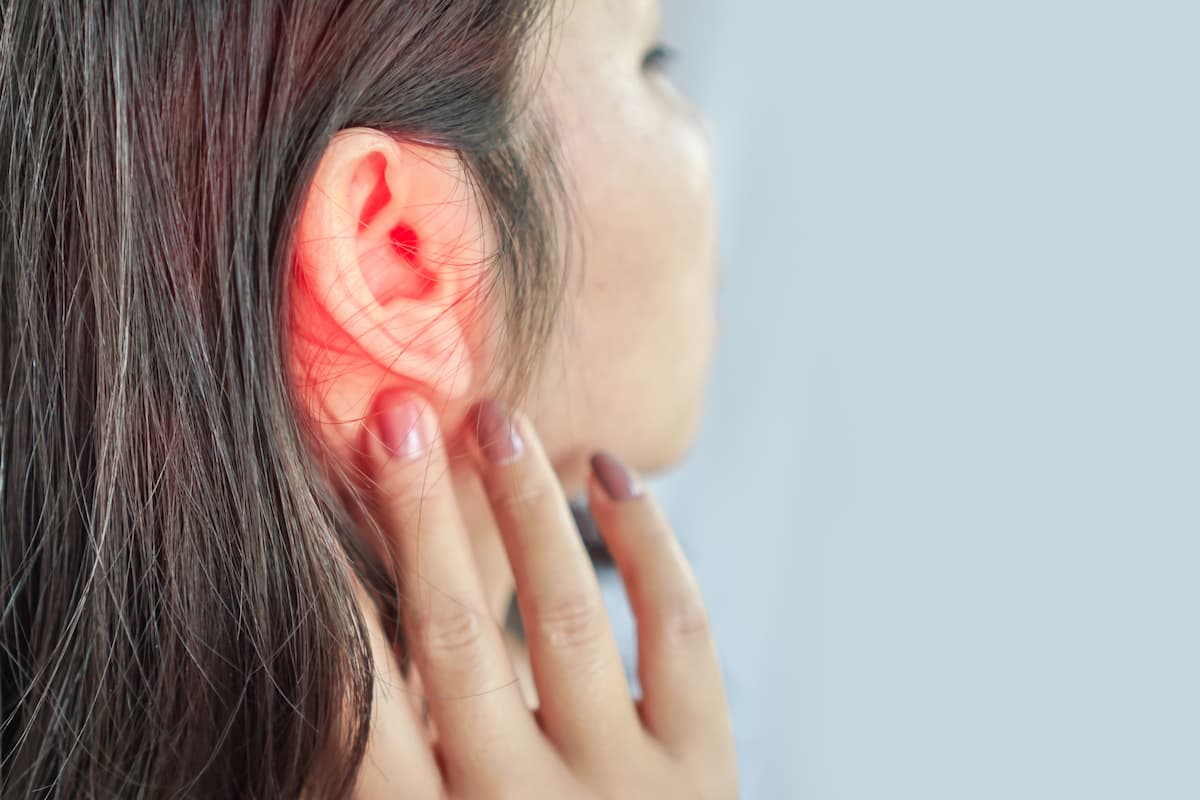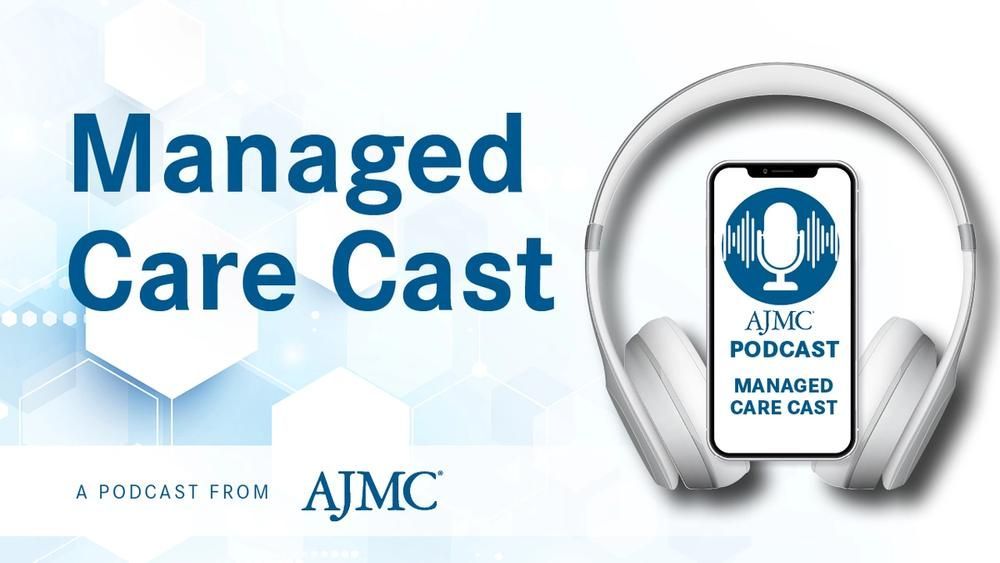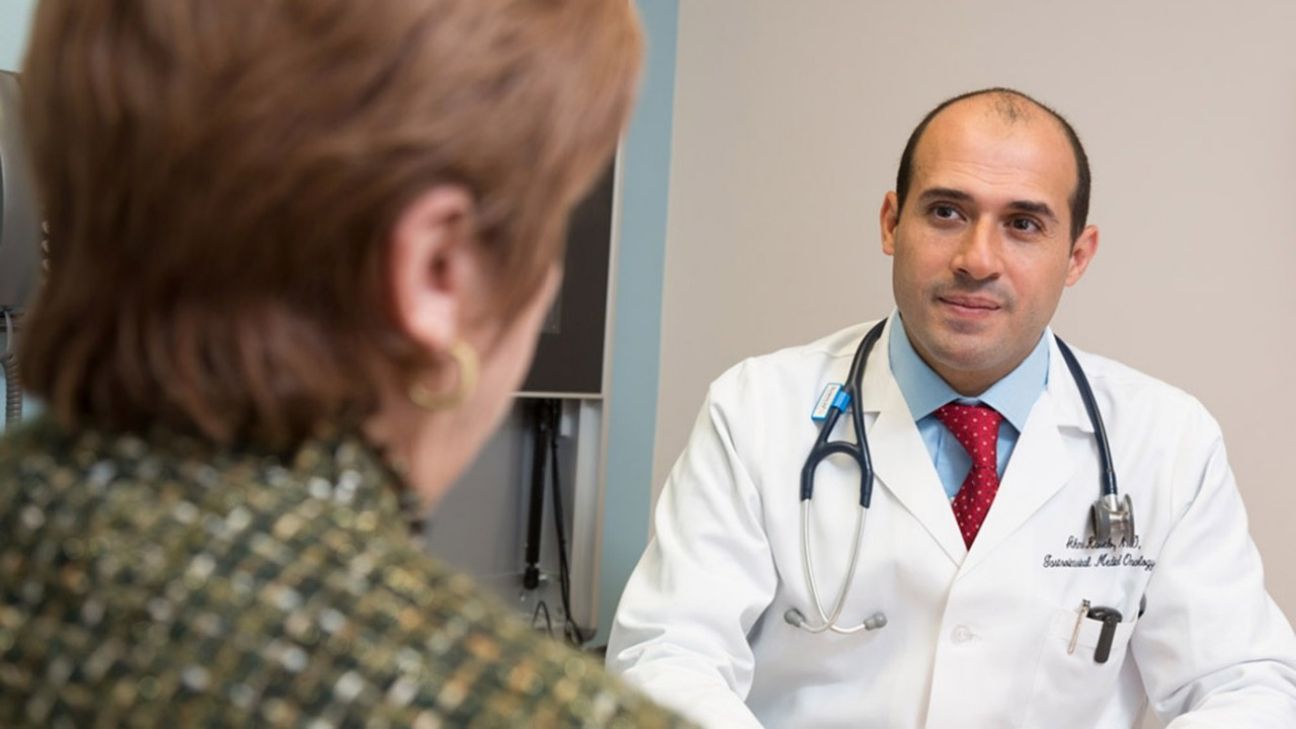Article
Who are the chronically costly? Healthcare's 1%
The costliest 1% of patients consume one-fifth of all health care spending in the U.S., according to federal data. Health systems are trying to reduce the imbalance.
They are older patients with cancer, diabetes, heart disease and other serious chronic conditions. Many have multiple health problems, and their relatives might not be helping with their care. Most have private insurance, are white and female.
They are the costliest 1% of patients in the U.S. Caring for them accounts for more than 20% of what the nation spends on all of its health care. In contrast, the least costly half of all patients are associated with only 3% of total health spending, according to an Agency for Healthcare Research and Quality analysis of spending data from 2008 and 2009 released in January.
Read the full story: http://hcp.lv/y9tJb6
Source: Amednews.com
Newsletter
Stay ahead of policy, cost, and value—subscribe to AJMC for expert insights at the intersection of clinical care and health economics.




